2019 Honda Pilot Review

Honda has updated its hot-selling Pilot crossover. Not only is there fresh styling to talk about, but this three-row vehicle also bristles with new technology, additional refinement, and even more standard features.
First-time owners and repeat customers alike are sure to notice the Pilot’s freshened exterior styling. Designers made it more aggressive looking, without going totally overboard. The grille is new, incorporating Honda’s “flying wing” motif with chrome trim extending above the headlight assemblies, which now house standard LED low-beam lamps.
The vehicle’s front bumper has been reworked, sporting larger fog-light openings. There’s also new garnish molding on the lower portion of said bumper that gives the appearance of a skid plate.
Around back, the new Pilot sports a reworked liftgate and updated taillights with amber-hued turn-signals. Like up front, additional brightwork low on the rear bumper gives this family vehicle a slightly more aggressive appearance.
Lower-end models roll on 18-inch wheels, but Touring and Elite versions, the top two models, feature attractive 20s.
Get the Flash Player to see this player.
FAST FACTS
| Engine: | 3.5-liter V6 |
| Output: | 280 horsepower, 262 pound-feet of torque |
| Transmission: | Nine-speed automatic |
| U.S. Fuel Economy (MPG): | 19 city, 26 highway, 22 combined |
| CAN Fuel Economy (L/100 km): | 12.4 city, 9.3 highway, 11.0 combined |
| U.S. As-Tested Price: | $49,015 including $995 for delivery |
| CAN Estimated Price: | $59,913 including $1,922.50 for delivery |
Inside, the styling changes made are more subtle. There’s new trim around the air vents (how exciting!), wider fold-down armrests for the driver and individual riding shotgun as well as three settings for the heated front seats. Touring and Elite models can be equipped with deluxe second-row captain’s chairs, reducing total seating capacity from eight to seven.
More Technology Than Ever
Many of the new Pilot’s visual enhancements are fairly minor, but things get much more interesting when you focus on technology.
And right out of the gate, Honda Sensing is now standard in every version of this utility vehicle. The brand’s suite of advanced driver-assistance technologies includes things like forward collision warning, road-departure mitigation, lane-keeping assist, and adaptive cruise control, features that can really take the stress out of driving. Automatic high-beams and a multi-angle backup camera are also standard across the board. Blind-spot monitoring is included on higher-end models, that is, EX, EX-L, Touring and Elite.
Wireless charging is also being offered for the first time in this vehicle; additionally, LED fog lights are available as well.
There’s a new Honda-engineered Display Audio system with a vibrant eight-inch screen. It too is standard on EX and higher trims. With Android as its foundation, this infotainment system features customizable shortcuts and simplified menus so it’s easier to use. Of course, common smartphone gestures like pinch-to-zoom, swiping and tapping are all supported, as is Apple CarPlay as well as Android Auto. But perhaps best of all is the inclusion of a volume knob. No longer do you have to fiddle with a cumbersome touch surface just to manipulate the radio volume.
CabinTalk is an interesting technology that’s also offered. Like an in-vehicle PA system, it allows the driver and front-seat passenger to easily converse with people in the back seats so there’s no need to shout.
Top-tier Touring and Elite models also get a hands-free power liftgate and a 10-speaker sound system.
Nuts and Bolts
Things are mostly unchanged under the Pilot’s hood, which is fine since there was little to complain about here. Power is provided by a 3.5-liter single-overhead camshaft V6 engine that’s rated at 280 horses and 262 pound-feet of torque.
It delivers those class-competitive figures while running on regular-grade gasoline, so you needn’t spend more for premium fuel.
Curiously, Honda offers two different transmissions in this crossover. Lower-end models soldier on with a six-speed unit, but Touring and Elite versions feature a nine-ratio automatic. Never renowned for its refinement in any application, this ZF-sourced gearbox has nonetheless been improved, with engineers working to civilize its behavior.
Further enhancing the Pilot’s refinement, the engine stop-start system has been enhanced. It’s quicker to respond and more seamless than ever.
As before, a torque-vectoring all-wheel-drive system is offered on every model, though it’s standard on range-topping Elite models. And fortunately, it doesn’t cut into fuel efficiency too much. The most economical version of the 2019 Pilot, one with front-wheel drive and the nine-speed gearbox, stickers at 20 miles per gallon in city driving and 27 on the highway, making for a combined score of 23 mpg. The Elite model tested here is slightly less economical, with consumption scores of 19 in urban motoring, 26 on freeway trips and 22 combined.
The Drive
Generally, the Honda Pilot feels smaller than it is. Make no mistake, it’s a large vehicle, clocking in at more than two tons and nearly 197 inches (4,991 mm) in length, but underway it doesn’t seem that bulky. The steering is nicely weighted and sharp enough, its brake pedal is firm and reassuring.
The transmission indeed seems more responsive and refined. Curiously, in normal driving, it starts out in second, which blunts off-the-line giddy-up ever so slightly, though this isn’t a big deal because the gearing is still plenty low. If you’re taking off on a hill, go wide open with the throttle or have the vehicle in sport mode it will start off in first for fastest-possible acceleration.
And no matter the driving situation, you shouldn’t be wanting for power. The Pilot moves with reasonable authority, even while clambering up winding mountain roads. The added low-speed torque provided by a forced-induction engine might be appreciated in certain circumstances, but that would mean sacrificing this naturally aspirated V6’s throaty intake sound. Peg the accelerator and at about 5,000 rpm the Pilot starts to wail as VTEC switches over to the nasty cam lobes for a valiant sprint to redline. It’s unexpectedly raucous for a family vehicle, though the internal-combustion music is much appreciated.
Even though for 2019 nothing’s changed with the Pilot’s torque-vectoring all-wheel-drive system, the folks at Honda were keen to demonstrate its capability. To achieve this, they set up a small off-road course, one with plenty of deep ruts, large stones and steep grades to navigate. Surprisingly for a family vehicle, this three-row crossover handled everything with confidence, even when one of its wheels was several feet in the air, the all-wheel-drive system shuffling toque around to make sure it never got stuck.
No, the Pilot’s not a Jeep Wrangler, but it’s a more-than-capable light-duty off-roader. An electronically controlled, hydraulically actuated rear differential routes twist to the back. Up to 70 percent of the engine’s torque can be sent to the rear axle and up to 100 percent of that can be routed to either the left or right wheel, improving both off-road performance and reducing understeer in normal driving.
The Pilot offers four different driving modes including Normal, Snow, Mud and Sand. Each one fine tunes things like the torque split and throttle response to help the vehicle perform its best in varying conditions.
The Verdict: 2019 Honda Pilot Review
The popular Honda Pilot is better than ever for 2019. Drivers are sure to appreciate its newly refined nine-speed transmission, additional safety features and an updated infotainment system. These enhancements are merely icing on the cake, as this vehicle was already a solid offering in its segment.
Base price for this updated three-row crossover is $32,445 (CDN $43,013), but the range-topping Elite-trim model tested here checked out at $49,015 (CDN $55,913), both prices including $995 (CDN $1,922.50) in delivery fees. The new Pilot should be available at dealerships right now.
Discuss this story on our Honda Pilot Forum
LOVE IT
- More refined nine-speed transmission
- High-quality interior
- That VTEC snarl
- Drives well
- Versatility
LEAVE IT
- Clunky navigation system
- Still not all that stylish

Born and raised in metro Detroit, Craig was steeped in mechanics from childhood. He feels as much at home with a wrench or welding gun in his hand as he does behind the wheel or in front of a camera. Putting his Bachelor's Degree in Journalism to good use, he's always pumping out videos, reviews, and features for AutoGuide.com. When the workday is over, he can be found out driving his fully restored 1936 Ford V8 sedan. Craig has covered the automotive industry full time for more than 10 years and is a member of the Automotive Press Association (APA) and Midwest Automotive Media Association (MAMA).
More by Craig Cole













































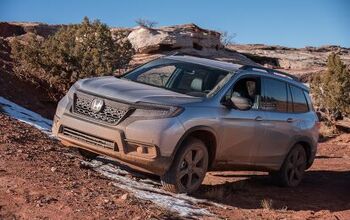

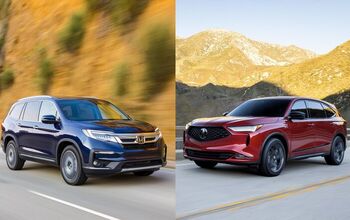

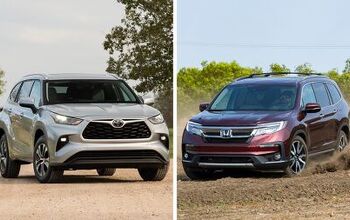
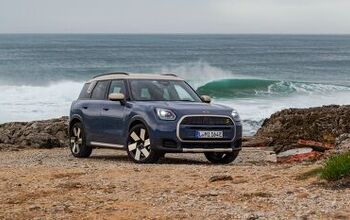



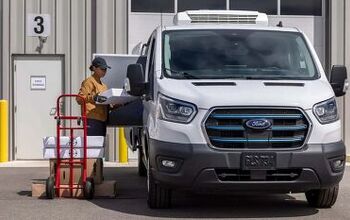

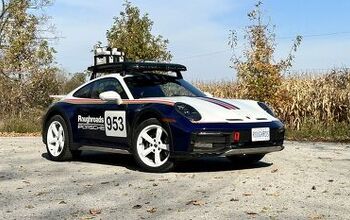
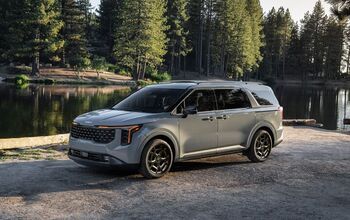
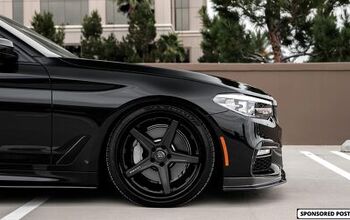
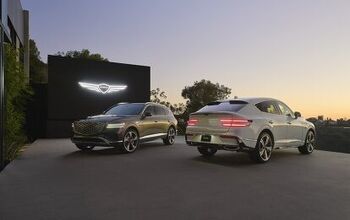
Comments
Join the conversation